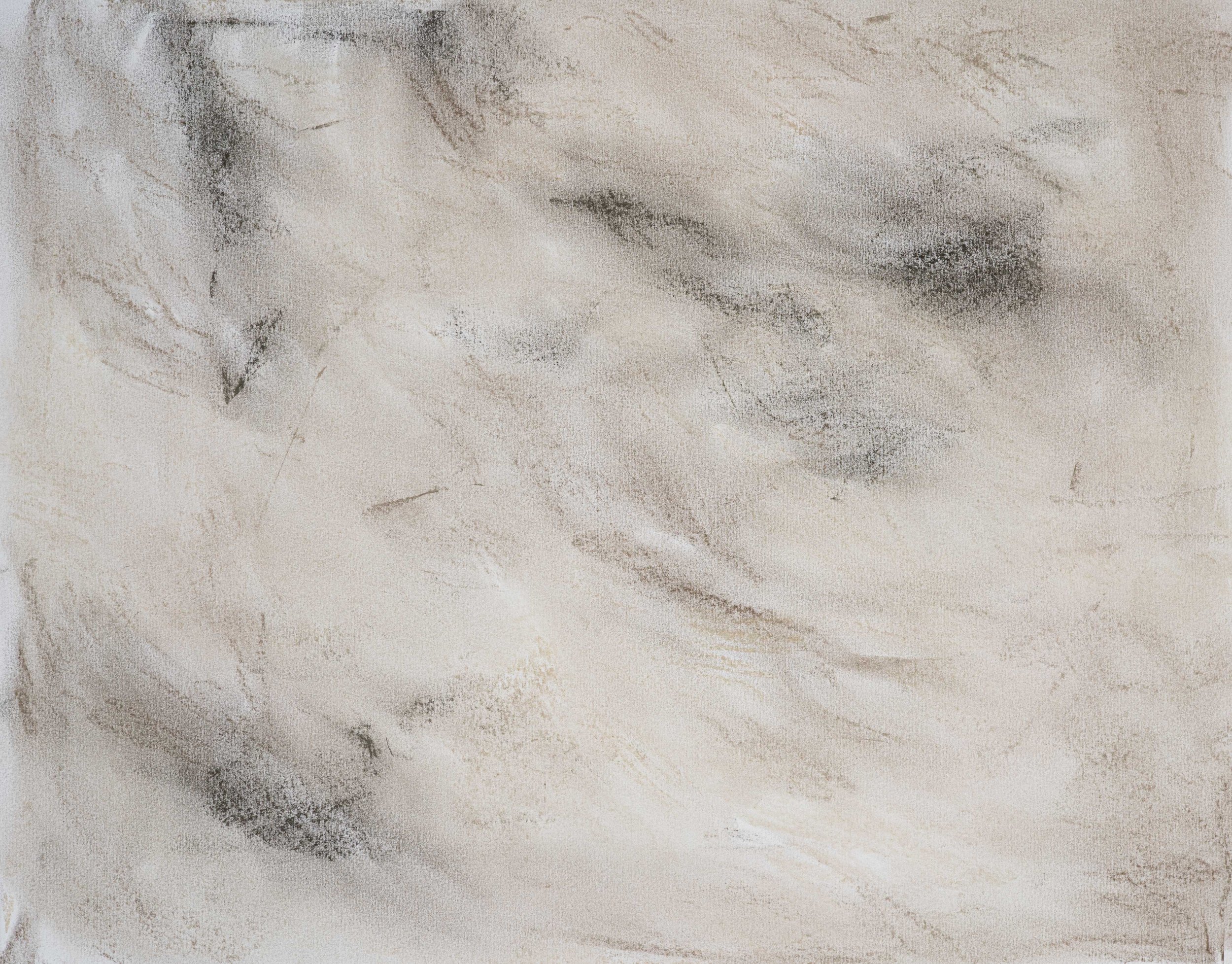
Colors in cinema
This research project explores how color functions as an invisible yet powerful storytelling tool in cinema.
Drawing from 41 sources and analyzing 30+ films from Annabelle Serpentine Dance (1895) to contemporary works in 2022, it reveals how visual choices shape emotional and narrative meaning—often without the audience even realizing it.
What sets this project apart is its depth and interdisciplinary scope.
It combines film analysis, historical research, and color theory to uncover how techniques like hand-coloring, tinting, toning, Technicolor, bleach bypass, digital grading, and LUTs have evolved and influenced cinematic language.
By examining five key narrative functions of color and decoding five major color schemes, the research offers a framework for understanding how filmmakers guide attention, build atmosphere, and evoke memory through hue.

The “fourth” wall: analysis
This project analyzes six key concepts to understand how breaking the fourth wall reshapes storytelling and viewer engagement in cinema.
Tracing its origins to Diderot’s 1758 theory, it shows how this technique evolved from theater into a powerful cinematic tool. The research explores its psychological impact through the “presence effect,” applies Mulvey’s gaze theory to reveal how it disrupts traditional viewing dynamics, and examines how techniques like direct gaze and verbal address increase audience involvement.
By studying works like WandaVision (2021), the project highlights how fourth wall breaks blur the line between fiction and reality and redefine the viewer’s role—from passive observer to active participant.
This analysis offers insight into how modern cinema challenges its own boundaries to deepen audience connection.
Human enhancement: the impact
The project aimed to analyze the integration of human enhancement technologies with humanity, exploring its evolution and implications. As a result, it developed a comprehensive framework for understanding these technologies, identified key ethical considerations, and documented real-world case studies.
It investigates the profound effects of this fusion on biological, social, and ethical levels, addressing issues such as technological dependence, virtual reality integration, and the emergence of cyborgs.
The assignment was to create the Local Wiki article for the historic building. I created the whole page from scratch.
The Charles O. Brown House is a prominent Tucson landmark, often seen in the city center, yet lacked detailed information in Local Wiki. I wrote this article to highlight Charles O. Brown's crucial role in Tucson's development.

This project stands out because I created the entire Local Wiki page from scratch, filling a significant gap in the community’s historical knowledge.
I analyzed 20 sources—including historical documents, newspaper articles, and preservation reports—to craft a well-researched, factual entry that would be accessible and valuable to the community. The process of compiling, verifying, and structuring this information helped me develop crucial skills in digital history and content creation.
The article not only provided new insights into a local historical site but also contributed to a collaborative, community-driven resource.
It allowed Tucson residents to connect with their city’s past while demonstrating how public history can be shaped and shared through digital platforms.
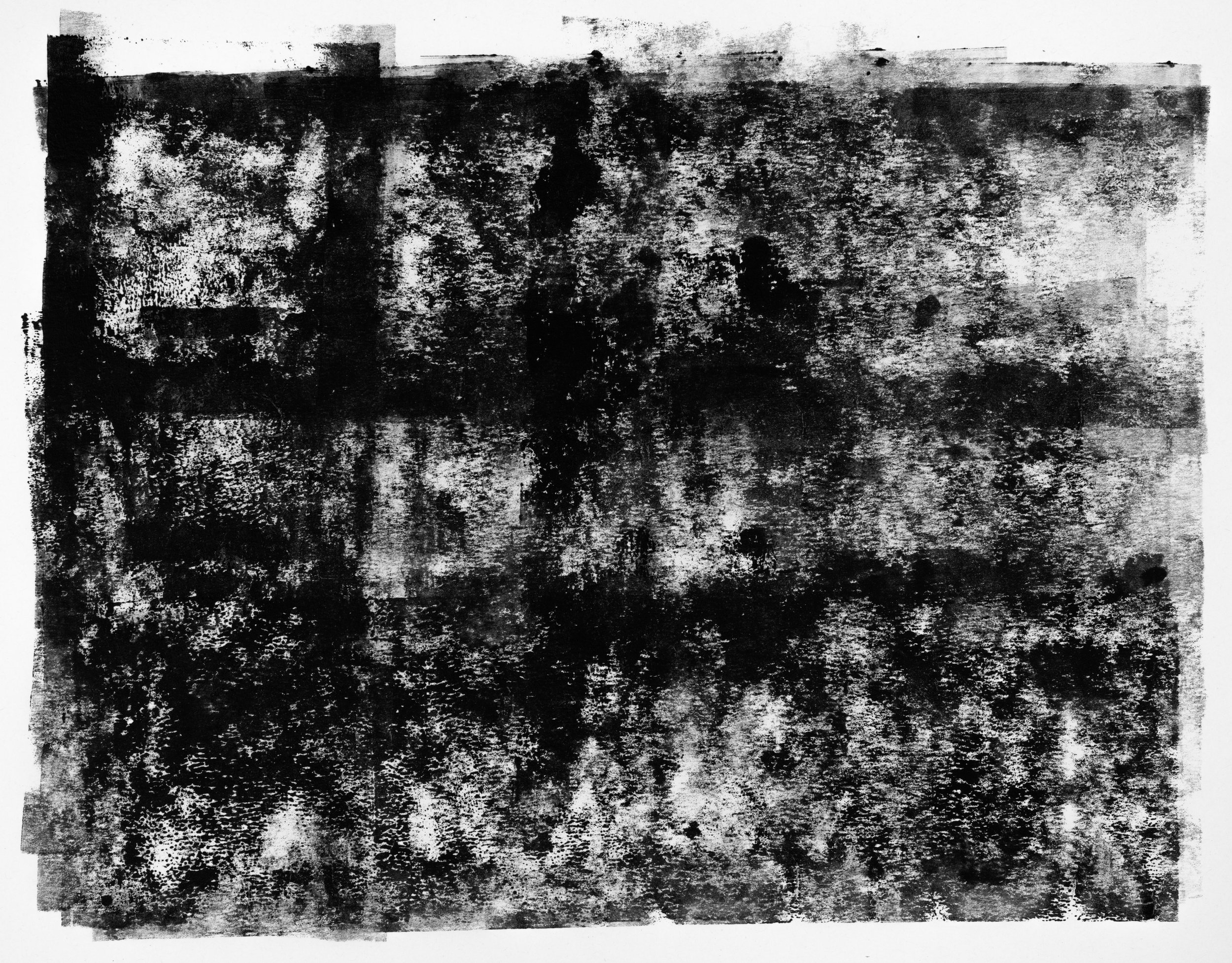
We're immersed in a sea of information, misinformation, disinformation, and data, often struggling to discern one from the other.
We're immersed in a sea of information, misinformation, disinformation, and data, often struggling to discern one from the other.

I conducted an independent study and directed research to investigate and analyze disinformation strategies content creators use on social media platforms such as TikTok and Spotify.
My research includes not only verbal and logical methods but also the influence of music and video on the dissemination of problematic data. I analyzed TikTok videos and Spotify podcasts to explore the type of misinformation with further identification of manipulation techniques.
Misinformation by examples
*
Misinformation by examples *
ATMOSPHERE OF THREAT: THE “GREAT RESET” CONSPIRACY THEORY AND CLIMATE CHANGE DENIAL
I examined how TikTok content creators use fear-inducing tactics like ominous music and emotional language to spread the "Great Reset" conspiracy and climate change denial. The study highlights the need for interventions to combat online misinformation and promote a more informed society.
“I AM GOING TO TELL YOU HOW TO CURE CANCER”
I analyzed a TikTok video falsely claiming natural remedies cure cancer, undermining accepted treatments. This research underscores the importance of promoting accurate health information and media literacy to counter health misinformation on social media.
BLOOD DONATIONS CONNECT TO VACCINE AWARENESS
I studied a TikTok video misrepresenting Red Cross policies on plasma donations and COVID-19 vaccinations. The analysis reveals the spread of misinformation and stresses the need for accurate information and critical thinking in vaccine awareness and blood donation practices.
CONTINUOUS SOCIAL ANXIETY: INFODEMIC OF WATER
I investigated a TikTok video falsely claiming a polio outbreak in NYC's tap water. The video exploits public anxiety, using misleading tactics to spread fear. My analysis emphasizes the need for media literacy to combat such misinformation.
DENIAL OF GERMS: SOMETHING IS HIDDEN
I explored a podcast promoting alternative theories about disease origins, particularly COVID-19, claiming 5G waves are the real health threat. The study highlights how podcasts amplify conspiracy theories and stresses the importance of critical thinking to combat misinformation.
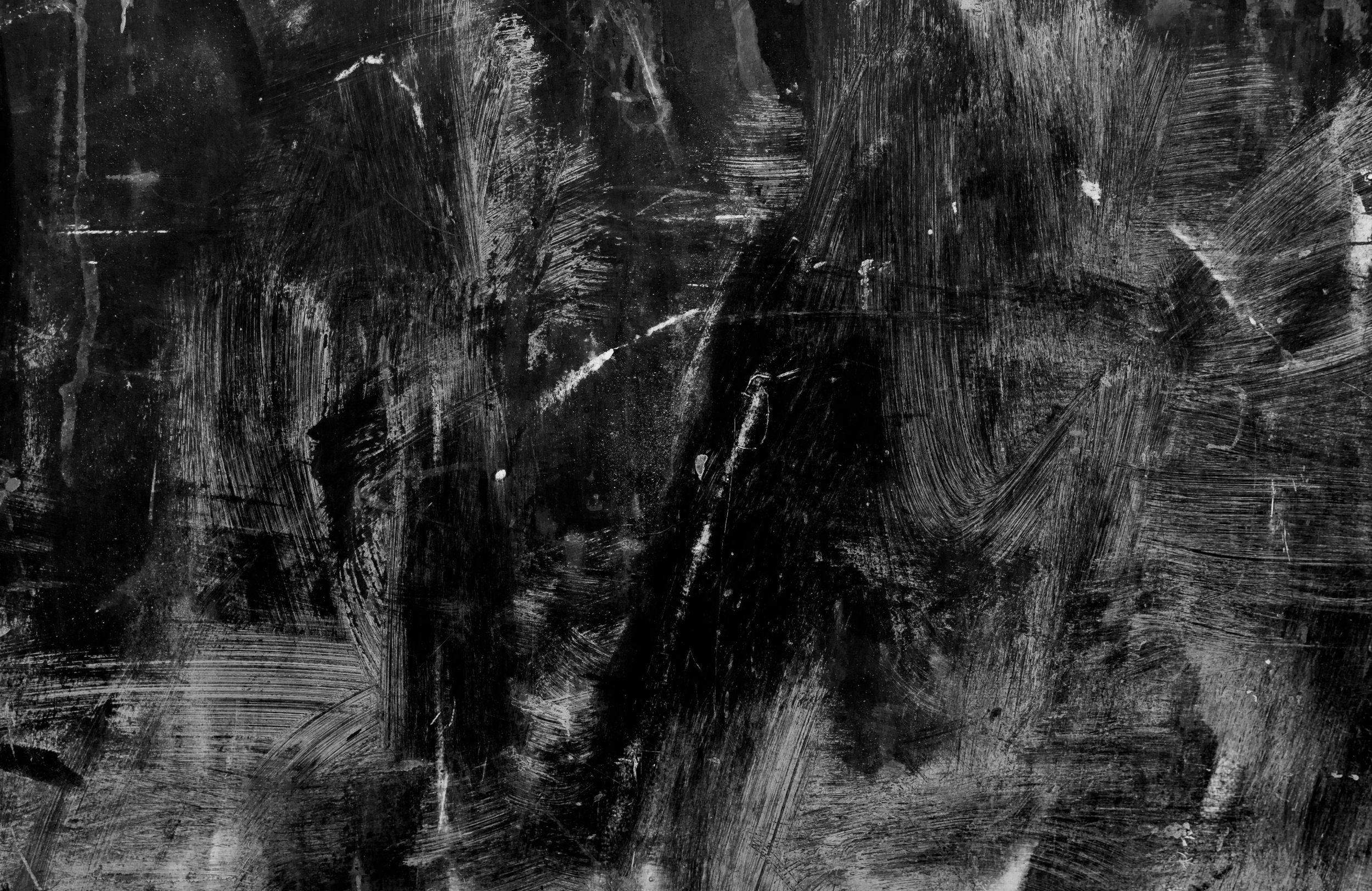
I also worked on a subsection on interventions to resist disinformation by analyzing specific techniques. Each chapter is devoted to particular methods, identifying their general purpose and the advantages and disadvantages of each method. Each chapter presents examples of the use of such techniques.
Fact-checking is evaluating information presented as factual to determine its truth and accuracy, relying on established criteria and authoritative sources. Verification, on the other hand, involves confirming facts by examining the time, place, and context of an event or information, often using evidence from eyewitnesses or digital data, helping to ensure the accuracy of claims and narratives.
Bot detection involves understanding what bots are, their role in spreading misinformation, and the various strategies to identify and detect them. This knowledge is crucial as bots often mimic human behavior and contribute to disseminating false information, making their detection and mitigation a vital component of online content moderation and misinformation combat strategies.
Content moderation involves overseeing and enforcing platform policies on user-generated content, involving human and technical interventions. It plays a crucial role in ensuring compliance and eliminating inappropriate content, thereby influencing the quality and safety of online platforms. However, it also raises concerns about freedom of speech, subjectivity, and potential algorithmic biases that must be addressed in the content moderation process.
Inoculation theory is rooted in psychological vaccination against misinformation, which involves exposing individuals to weakened doses of persuasive information to build resistance. It has been shown effective in reducing susceptibility to misinformation, primarily by explaining manipulation techniques in advance, and various formats like games and videos have been used to implement this theory.
Information literacy is essential for discerning between reliable and unreliable information. It cultivates critical thinking and lateral reading skills to combat misinformation effectively, reducing the spread of false information and increasing the capacity to be informed and responsible digital citizens.
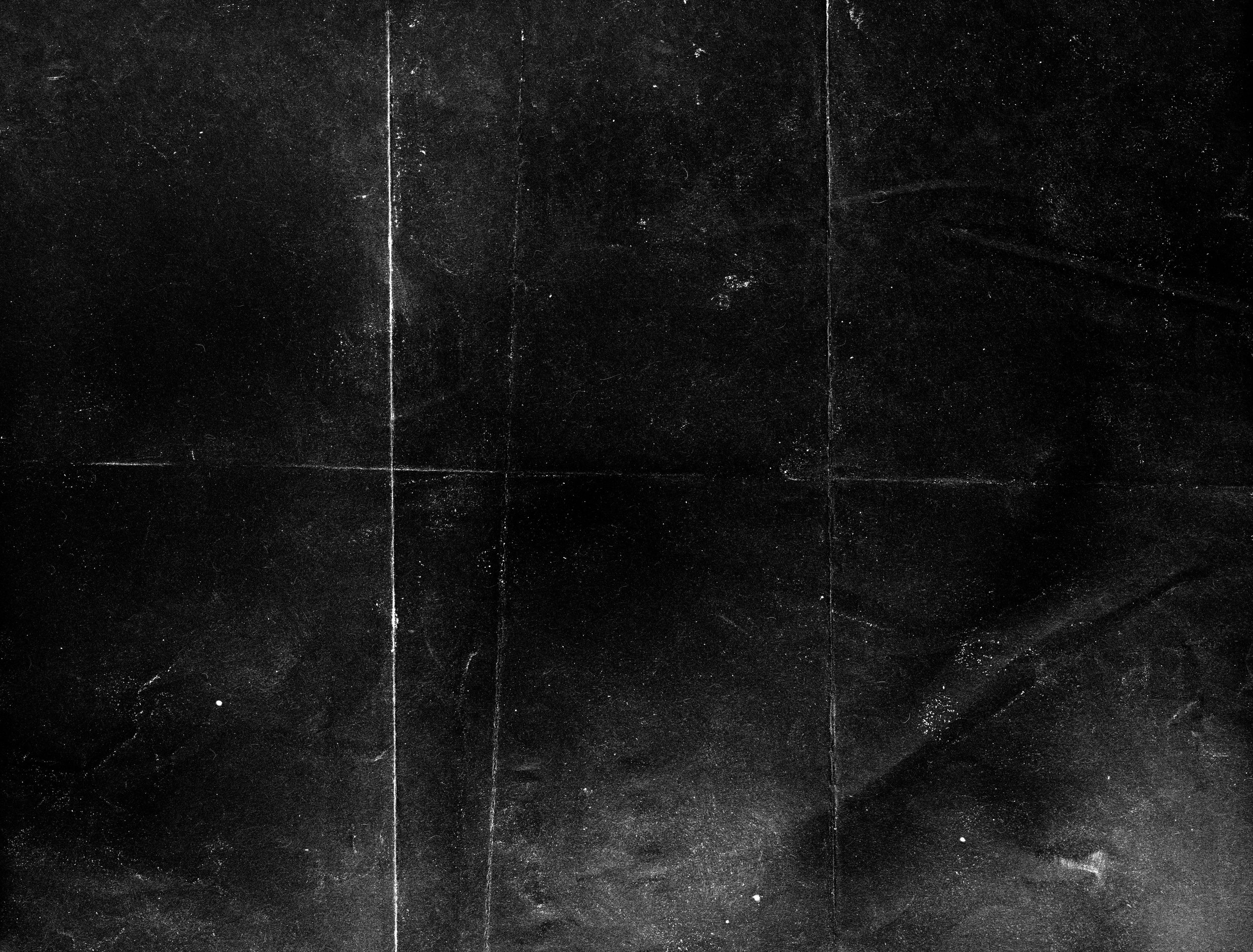
Pokemon Battle Game Project
The Pokémon Battle Game project, created as part of my team at Code First Girls, is a fun text-based Python game where players select two Pokémon from the original 151 and battle against randomly chosen opponents.
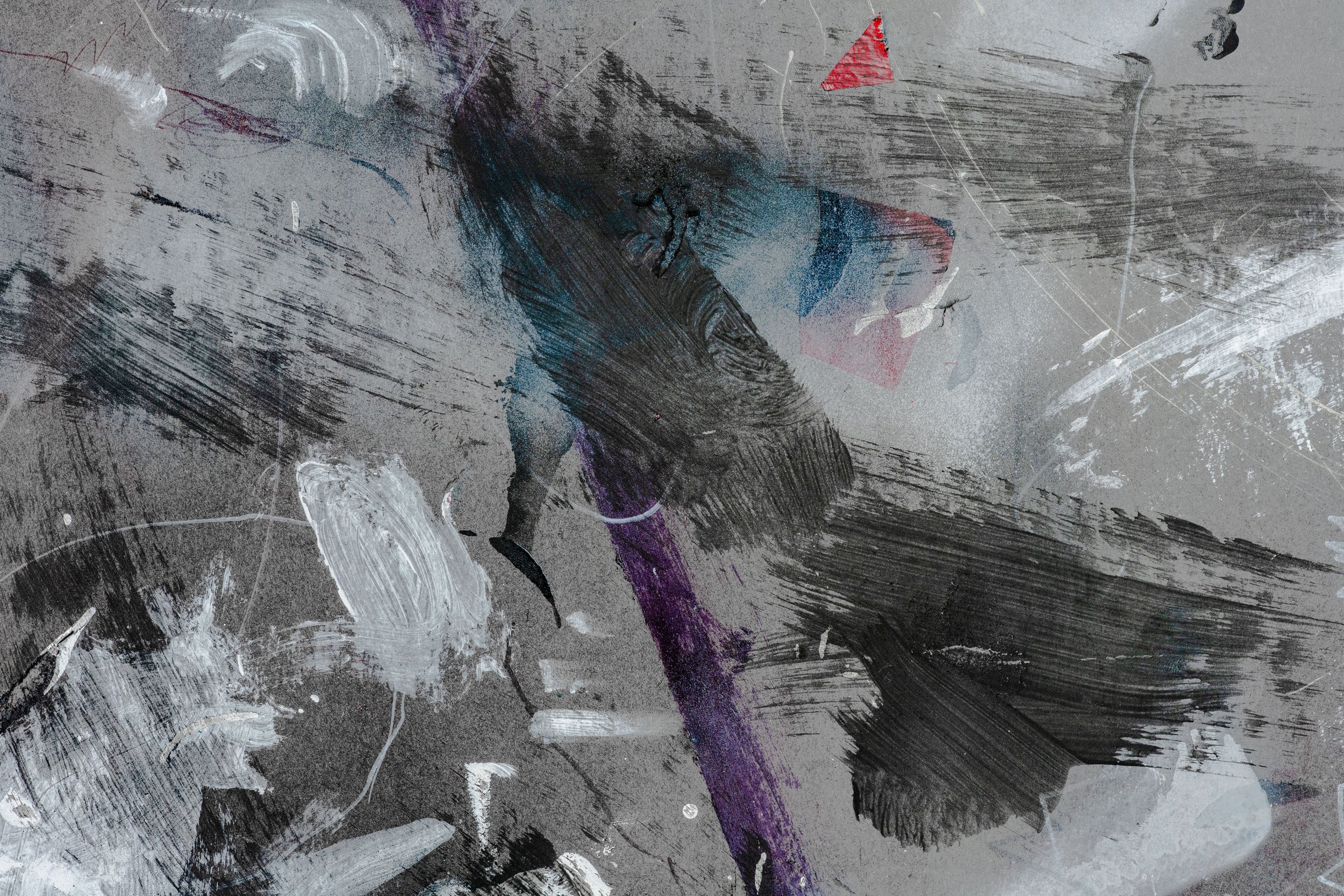
Players can customize the game with 1-3 rounds, adding an element of strategy by choosing which stat (ID, height, or weight) to compete with. A scoring system tracks victories, and draws are handled seamlessly, ensuring a smooth and engaging experience.
A key part of the game is its use of PokéAPI, allowing us to pull real Pokémon data such as name, height, and weight, which adds a layer of authenticity.
We also focused on user experience, implementing features like color-coded outputs for different game states, custom ASCII art, and Unicode symbols to make the game more visually appealing. Error handling was another priority to ensure the game runs smoothly and remains accessible to players.
This project highlighted my skills in API integration and user input handling, while emphasizing the power of teamwork. Together, we created a fun, technically sound game that showcased solid Python fundamentals and design principles. It was a valuable learning experience I’m proud of.
A24 Film Database Project SQL
The A24 Film Database Project involved creating a relational database to document over 135 A24 films, with 20+ attributes per film. The database covers key aspects of movie production, distribution, and audience reception.
This project served as an application of my SQL and data handling skills, offering hands-on experience in managing large datasets.
